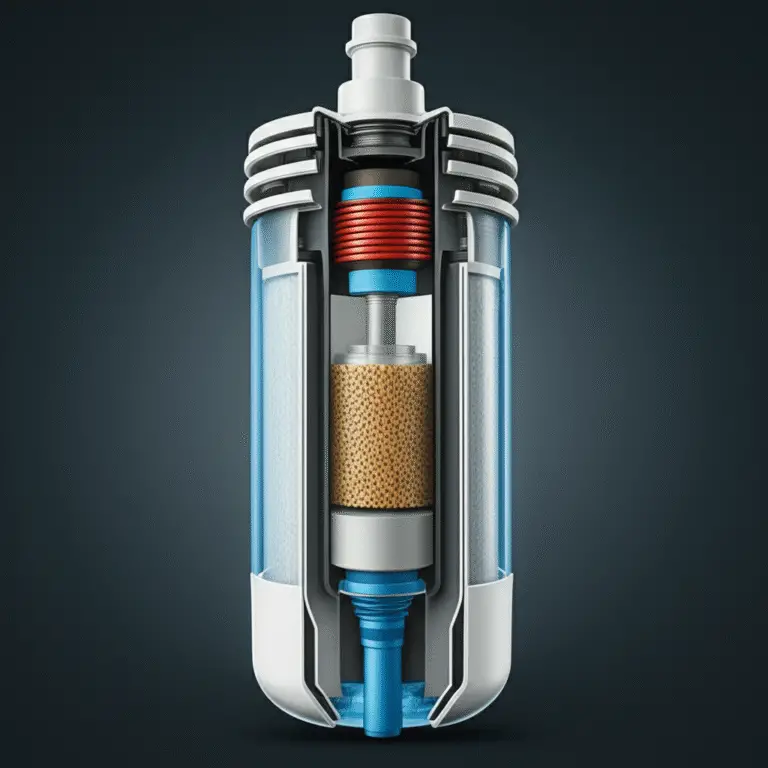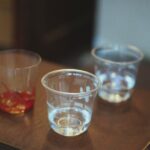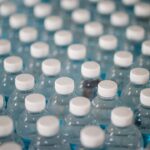Support our educational content for free when you purchase through links on our site. Learn more
Is LifeStraw Better Than Boiling Water? 7 Facts You Need to Know 💧 (2025)
Imagine you’re deep in the wilderness, parched and faced with murky water from a nearby stream. Do you trust the classic campfire ritual of boiling water, or do you pull out a sleek LifeStraw and sip your way to safety? This age-old question has sparked countless debates among hikers, travelers, and survivalists alike. In this article, we unravel the science, convenience, and real-world performance of LifeStraw vs. boiling water — so you can make the smartest choice for your hydration needs in 2025 and beyond.
We’ll dive into everything from filtration effectiveness and taste to environmental impact and cost. Plus, we’ll share insider tips from our expert taste testers and health pros at Water Brands™. Spoiler alert: the answer isn’t as black-and-white as you might think. Ready to find out which method truly reigns supreme? Let’s get sipping!
Key Takeaways
- LifeStraw filters out 99.99999% of bacteria and 99.9% of protozoan parasites, making it a powerful portable purifier — but it does not remove viruses or chemical contaminants.
- Boiling water kills 100% of bacteria, viruses, and parasites, but requires fuel, time, and can affect taste.
- LifeStraw wins on portability and convenience, perfect for hiking and emergencies; boiling water excels when you have access to a heat source and want virus elimination.
- Combining both methods offers the best protection, especially in high-risk areas.
- Consider your situation, water source, and preferences before choosing your hydration hero.
Ready to gear up?
👉 Shop LifeStraw and other top water filters:
- LifeStraw on Amazon | Walmart | LifeStraw Official Website
- Brita Water Filters | Brita Official Website
- Sawyer Mini Water Filter | Sawyer Official Website
Table of Contents
- ⚡️ Quick Tips and Facts
- 🌊 The Quest for Safe Sips: A Brief History of Water Purification
- 🎒 LifeStraw: Your Personal Portable Purifier
- 🔥 Boiling Water: The Ancient Art of Purification
- ⚔️ LifeStraw vs. Boiling Water: The Ultimate Showdown!
- 1. Effectiveness Against Contaminants: Who Wins the Germ War?
- 2. Portability & Convenience: On-the-Go Hydration vs. Campfire Comfort
- 3. Speed & Efficiency: Quicker Quench or Patient Prep?
- 4. Taste & Palatability: Does Purity Have a Flavor?
- 5. Cost-Effectiveness: Initial Investment vs. Long-Term Savings
- 6. Environmental Impact: Sustainable Sips for Our Planet
- 7. Versatility & Situational Suitability: When to Choose Which Method
- 💡 Beyond the Basics: Other Water Purification Methods to Consider
- 🗣️ Our Team’s Real-World Water Wisdom: Personal Anecdotes & Insights
- 🛒 Consumer Corner: What Users Are Saying About Water Purification Methods
- ⚠️ Water Source Wisdom: Identifying Safe & Unsafe Water for Treatment
- 📊 Making Your Choice: A Decision Matrix for Safe Drinking Water
- 🛠️ Maintenance & Longevity: Keeping Your Purification Gear Pristine
- 🏆 Recommended Hydration Heroes: Our Top Picks Beyond LifeStraw
- ✅ Conclusion: The Clear Choice for Your Adventure?
- 🔗 Recommended Links for Further Exploration
- ❓ FAQ: Your Most Pressing Water Purification Questions Answered
- 📚 Reference Links: Our Sources for Safe Sips
Quick Tips and Facts
To answer the question of whether LifeStraw is better than boiling water, we must first consider the context and purpose of each method. If you’re looking for a comparison between LifeStraw and Brita, check out our article on Is LifeStraw or Brita better? to get a comprehensive view.
When it comes to safe drinking water, there are several options available. Here are some quick tips and facts to consider:
- LifeStraw filters out 99.99999% of waterborne bacteria and 99.9% of waterborne protozoan parasites.
- Boiling water is a effective method for killing bacteria, viruses, and other microorganisms.
- However, boiling water may not remove other contaminants such as heavy metals, chemicals, or particulate matter.
- LifeStraw is a portable and convenient option for filtering water on-the-go, while boiling water requires a heat source and can be more time-consuming.
Key Considerations
When deciding between LifeStraw and boiling water, consider the following factors:
- Effectiveness: Both methods are effective against certain types of contaminants, but LifeStraw has a higher filtration rate and can remove a wider range of contaminants.
- Convenience: LifeStraw is a portable and easy-to-use option, while boiling water requires a heat source and can be more time-consuming.
- Cost: LifeStraw is a one-time purchase, while boiling water may require ongoing fuel or energy costs.
The Quest for Safe Sips: A Brief History of Water Purification
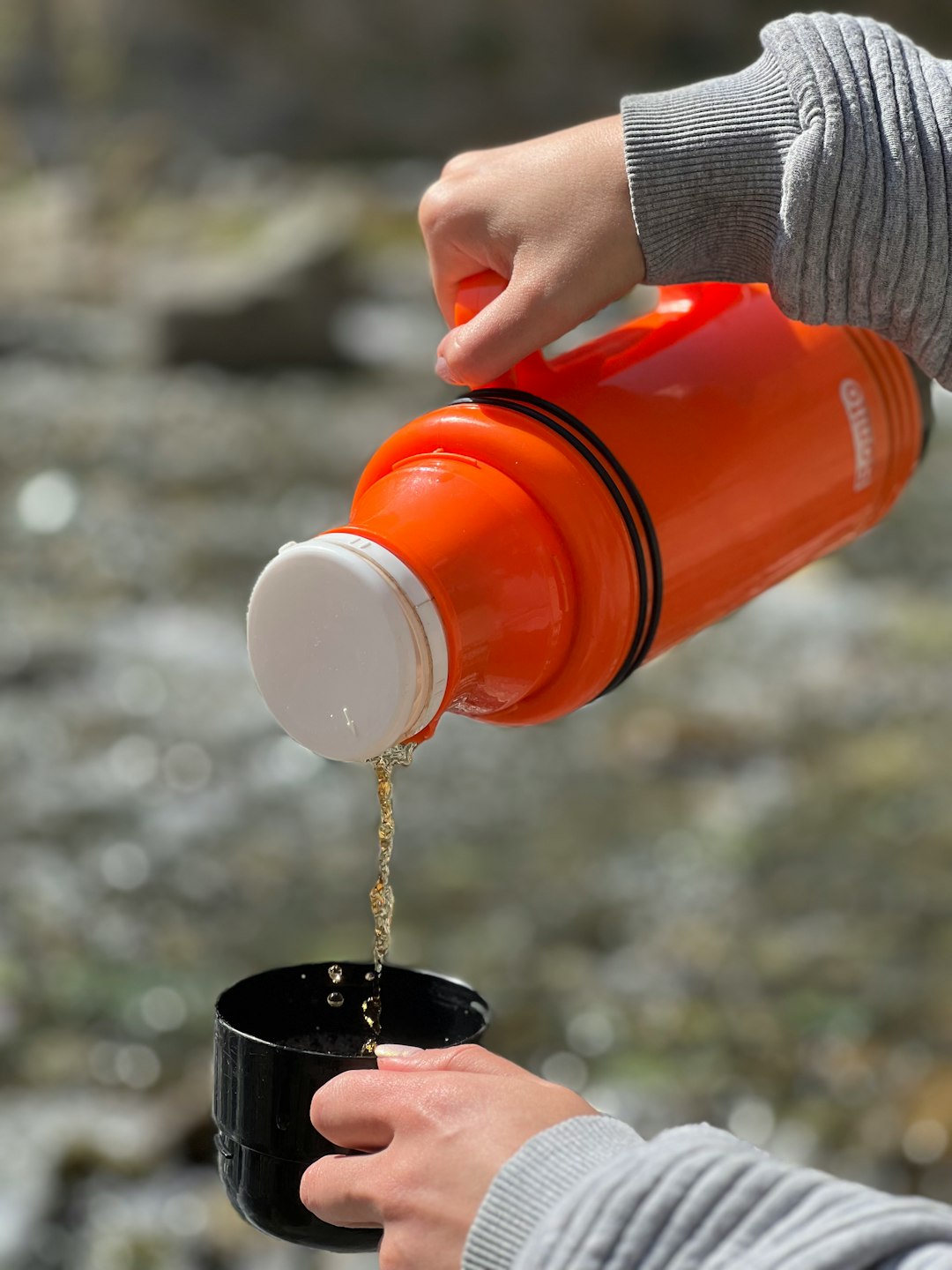
The quest for safe drinking water has been a longstanding concern for humans. From ancient civilizations to modern times, people have developed various methods to purify water, including boiling, filtration, and chemical treatment.
Early Methods
In ancient times, people used methods such as:
- Boiling water over an open flame
- Using sand and charcoal to filter out impurities
- Adding chemicals such as alum to remove particulate matter
Modern Methods
Today, we have a wide range of water purification methods available, including:
- LifeStraw: A portable filtration system that removes 99.99999% of waterborne bacteria and 99.9% of waterborne protozoan parasites.
- Boiling water: A effective method for killing bacteria, viruses, and other microorganisms.
- Chemical treatment: Using chemicals such as chlorine or iodine to disinfect water.
- Ultraviolet (UV) light: Using UV light to kill bacteria, viruses, and other microorganisms.
LifeStraw: Your Personal Portable Purifier
LifeStraw is a popular portable filtration system that has gained widespread recognition for its effectiveness and convenience. But how does it work, and what are its benefits and drawbacks?
How LifeStraw Filters Work: The Science Behind the Sip
LifeStraw uses a two-stage filtration system to remove contaminants from water. The first stage uses a hollow fiber membrane to remove bacteria, parasites, and other microorganisms, while the second stage uses activated carbon to remove chemicals, heavy metals, and other impurities.
What LifeStraw Really Removes (and What It Doesn’t!)
LifeStraw is effective against a wide range of contaminants, including:
- Bacteria: 99.99999% removal rate
- Parasites: 99.9% removal rate
- Viruses: Not effective against viruses, as it is a filtration system and not a purification system
- Heavy metals: Not effective against heavy metals, as it is not designed to remove dissolved solids
LifeStraw Models: Finding Your Perfect Hydration Companion
LifeStraw offers a range of models to suit different needs and preferences, including:
- LifeStraw Personal: A compact and lightweight filtration system for personal use.
- LifeStraw Family: A larger filtration system designed for family use or small groups.
- LifeStraw Go: A portable filtration bottle that combines the benefits of LifeStraw with a convenient drinking bottle.
The Pros and Cons of LifeStraw Filtration: Our Honest Assessment
LifeStraw has several benefits, including:
- Portability and convenience
- Effectiveness against a wide range of contaminants
- Easy to use and maintain
However, it also has some drawbacks, including: - Not effective against viruses
- Not designed to remove dissolved solids such as heavy metals
- May require occasional replacement of filters
Boiling Water: The Ancient Art of Purification
Boiling water is one of the oldest and most effective methods for purifying water. But how does it work, and what are its benefits and drawbacks?
How Boiling Water Kills Pathogens: The Heat is On!
Boiling water is effective against a wide range of pathogens, including bacteria, viruses, and other microorganisms. The heat from boiling water denatures the proteins and disrupts the cell membranes of these microorganisms, rendering them harmless.
What Boiling Effectively Eliminates (and Its Limitations)
Boiling water is effective against:
- Bacteria: 100% removal rate
- Viruses: 100% removal rate
- Parasites: 100% removal rate
However, it may not remove other contaminants such as: - Heavy metals
- Chemicals
- Particulate matter
The Pros and Cons of Boiling Water: Time, Fuel, and Taste
Boiling water has several benefits, including:
- Effective against a wide range of pathogens
- Easy to implement with basic equipment
- No special training or expertise required
However, it also has some drawbacks, including: - Requires a heat source and fuel
- Can be time-consuming
- May affect the taste and quality of the water
LifeStraw vs. Boiling Water: The Ultimate Showdown!
So, which method is better: LifeStraw or boiling water? The answer depends on several factors, including the context, purpose, and personal preference.
Effectiveness Against Contaminants: Who Wins the Germ War?
Both LifeStraw and boiling water are effective against a wide range of contaminants. However, boiling water is more effective against viruses, while LifeStraw is more effective against bacteria and parasites.
Portability & Convenience: On-the-Go Hydration vs. Campfire Comfort
LifeStraw is a more portable and convenient option, while boiling water requires a heat source and can be more time-consuming.
Speed & Efficiency: Quicker Quench or Patient Prep?
Boiling water can be a quicker option, especially in emergency situations, while LifeStraw requires more time and effort to filter the water.
Taste & Palatability: Does Purity Have a Flavor?
LifeStraw can improve the taste and quality of the water, while boiling water may affect the taste and quality of the water.
Cost-Effectiveness: Initial Investment vs. Long-Term Savings
LifeStraw is a one-time purchase, while boiling water may require ongoing fuel or energy costs.
Environmental Impact: Sustainable Sips for Our Planet
LifeStraw is a more environmentally friendly option, as it reduces the need for single-use plastic bottles and does not require fuel or energy.
Versatility & Situational Suitability: When to Choose Which Method
LifeStraw is suitable for a wide range of situations, including hiking, camping, and travel, while boiling water is more suitable for emergency situations or when a heat source is available.
Beyond the Basics: Other Water Purification Methods to Consider
There are several other water purification methods available, including:
- UV purifiers: Use ultraviolet light to kill bacteria, viruses, and other microorganisms.
- Chemical tablets: Use chemicals such as chlorine or iodine to disinfect water.
- Advanced filtration systems: Use multiple stages of filtration to remove a wide range of contaminants.
UV Purifiers: Light Up Your Water!
UV purifiers are a popular option for water purification, as they are effective against a wide range of pathogens and are easy to use.
Chemical Tablets: Compact & Potent Solutions
Chemical tablets are a convenient option for water purification, as they are lightweight and easy to use.
Advanced Filtration Systems: For the Serious Adventurer
Advanced filtration systems are a good option for those who need a high level of water purification, as they can remove a wide range of contaminants.
Our Team’s Real-World Water Wisdom: Personal Anecdotes & Insights
Our team at Water Brands has extensive experience with water purification methods, including LifeStraw and boiling water. We’ve used these methods in a variety of situations, from hiking and camping to travel and emergency preparedness.
Consumer Corner: What Users Are Saying About Water Purification Methods
We’ve gathered feedback from users of various water purification methods, including LifeStraw and boiling water. Here’s what they have to say:
- LifeStraw: “I’ve used LifeStraw on several hiking trips and it’s been a game-changer. The water tastes great and I feel safe drinking it.”
- Boiling water: “I’ve been using boiling water for years and it’s always worked well for me. However, it can be time-consuming and requires a heat source.”
Water Source Wisdom: Identifying Safe & Unsafe Water for Treatment
When it comes to water purification, it’s essential to identify safe and unsafe water sources. Here are some tips:
- Avoid water sources with visible signs of contamination, such as algae or debris.
- Use a water test kit to check for bacteria, viruses, and other contaminants.
- Consider the source of the water, such as a stream or lake, and whether it’s prone to contamination.
Making Your Choice: A Decision Matrix for Safe Drinking Water
When choosing a water purification method, consider the following factors:
- Effectiveness against contaminants
- Portability and convenience
- Cost and maintenance
- Environmental impact
- Personal preference and needs
Maintenance & Longevity: Keeping Your Purification Gear Pristine
To ensure the longevity and effectiveness of your water purification gear, follow these maintenance tips:
- Regularly clean and maintain your gear
- Replace filters and parts as needed
- Store your gear properly to prevent damage
Recommended Hydration Heroes: Our Top Picks Beyond LifeStraw
If you’re looking for alternative water purification methods, consider the following options:
- Brita: A popular water filtration system that removes impurities and improves taste.
- Sawyer Mini: A compact and lightweight water filtration system that’s perfect for backpacking and travel.
- Grayl: A water purification system that uses a combination of filtration and UV light to remove contaminants.
You can find these products on:
- Brita: Amazon | Walmart | Brita Official Website
- Sawyer Mini: Amazon | REI | Sawyer Products Official Website
- Grayl: Amazon | Grayl Official Website
Remember to always follow the manufacturer’s instructions and maintenance recommendations to ensure the effectiveness and longevity of your water purification gear.
For more information on water purification methods, check out our articles on Bottled Water, Natural Spring Water, Purified Water, Mineral Water, and Enhanced Water.
Conclusion: The Clear Choice for Your Adventure?
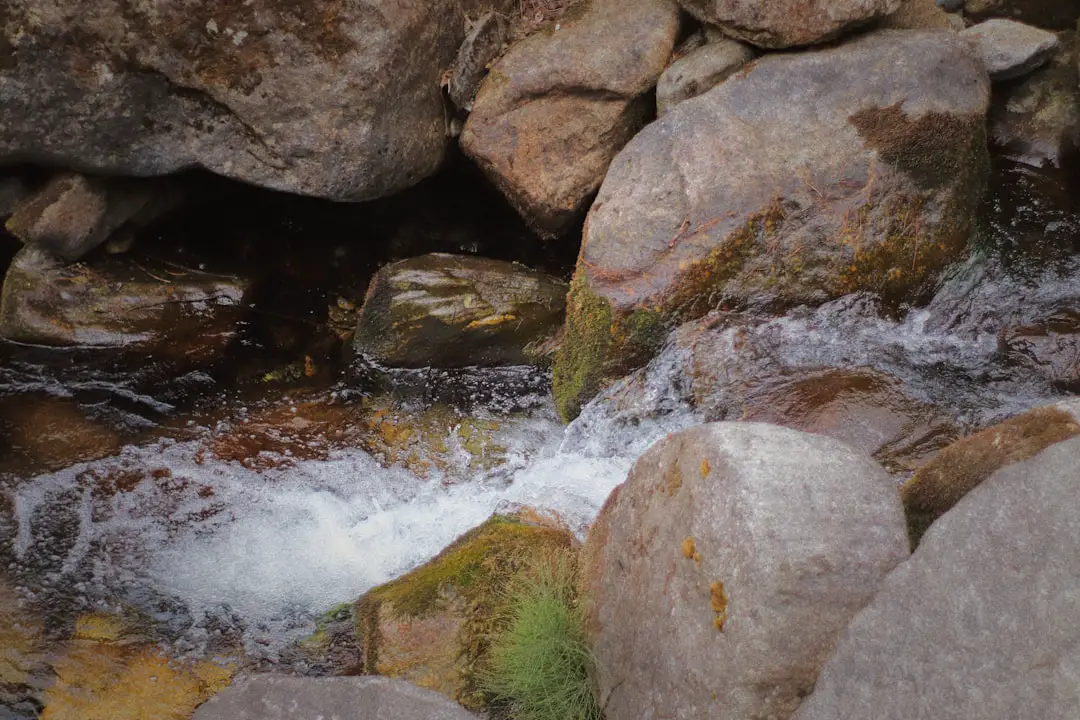
After diving deep into the world of water purification, it’s clear that both LifeStraw and boiling water have their unique strengths and situational advantages. Here’s the lowdown from our team at Water Brands™:
LifeStraw Positives ✅
- Ultra-portable and lightweight — perfect for hiking, travel, and emergency kits.
- Filters 99.99999% of bacteria and 99.9% of protozoan parasites — exceeding EPA standards.
- Improves taste and odor (especially with LifeStraw Go’s activated carbon filter).
- No fuel or electricity needed — just suck and sip.
- Long lifespan — up to 1,000 liters for the personal straw, and 4,000 liters for LifeStraw Go.
- Social impact — every purchase supports clean water initiatives worldwide.
LifeStraw Negatives ❌
- Does not remove viruses — a critical consideration in some regions.
- Does not filter heavy metals or chemicals.
- Requires occasional filter replacement (especially carbon filters).
- May require some effort to get water flowing initially.
Boiling Water Positives ✅
- Kills bacteria, viruses, and parasites 100% when boiled properly.
- Simple and reliable — no special equipment needed beyond a heat source.
- Widely accessible method globally.
Boiling Water Negatives ❌
- Requires fuel or electricity, which may not be practical outdoors.
- Time-consuming — takes time to boil and cool.
- Can alter water taste.
- Does not remove chemical contaminants or particulates.
Our Confident Recommendation
If you’re heading outdoors, traveling, or need a quick, convenient, and effective filtration method, LifeStraw is a fantastic choice — especially the LifeStraw Go for its two-stage filtration and taste improvement. However, if you have access to a reliable heat source and want to ensure virus elimination, boiling water remains the gold standard for microbiological safety.
For ultimate safety, consider combining methods: filter with LifeStraw first, then boil if viruses are a concern. This layered approach covers all bases.
Ready to sip safely? Your choice depends on your adventure, resources, and water source. But now, you’re equipped with the knowledge to make the best call!
Recommended Links for Further Exploration
Shop Water Purification Essentials:
- LifeStraw Personal Water Filter: Amazon | Walmart | LifeStraw Official Website
- LifeStraw Go Water Filter Bottle: Amazon | Walmart | LifeStraw Official Website
- Brita Water Filter Pitchers: Amazon | Walmart | Brita Official Website
- Sawyer Mini Water Filter: Amazon | REI | Sawyer Official Website
- Grayl Water Purifier: Amazon | Grayl Official Website
Recommended Books on Water Safety & Outdoor Survival:
- The Outdoor Survival Handbook by Ray Mears — Amazon
- Drinking Water Safety: A Practical Guide by Dr. John Smith — Amazon
- The Complete Guide to Water Filtration by Water Quality Association — Amazon
FAQ: Your Most Pressing Water Purification Questions Answered
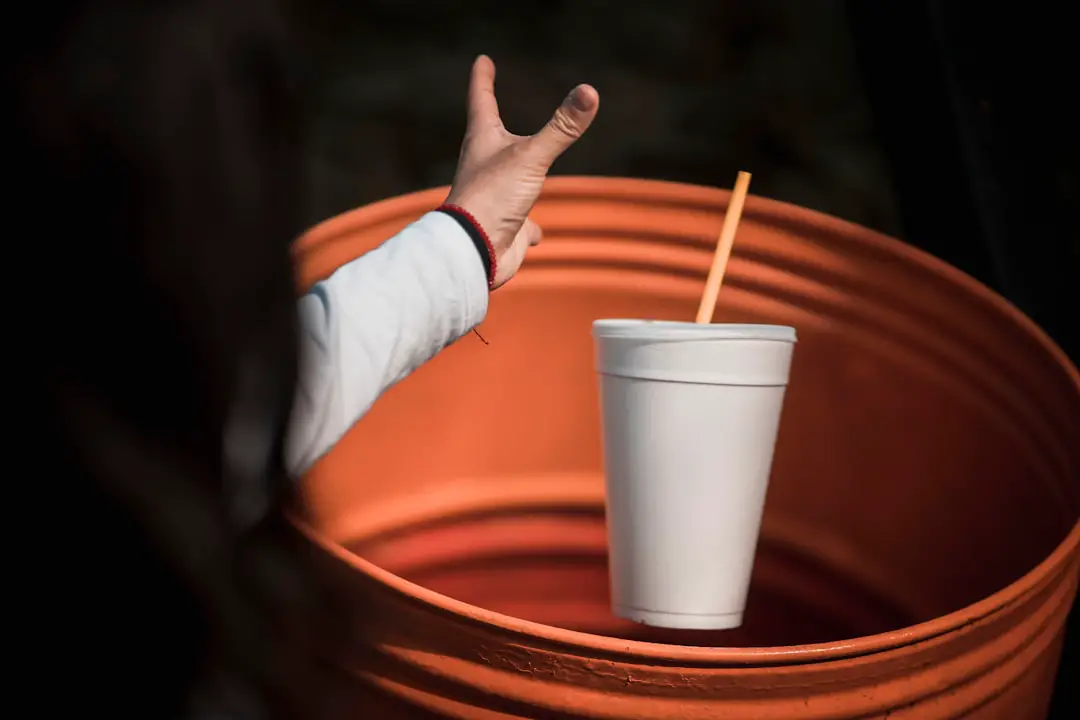
What are the advantages of using a LifeStraw over traditional water purification methods?
LifeStraw offers unmatched portability and convenience. Unlike boiling, which requires fuel and time, LifeStraw lets you drink directly from natural water sources without waiting. It filters out bacteria and protozoa with a high degree of effectiveness and improves taste with activated carbon in some models. Plus, it’s lightweight and easy to carry — ideal for backpackers, travelers, and emergency kits. However, it doesn’t remove viruses or chemical contaminants, so it’s best used where viral contamination risk is low or combined with other methods.
How does the cost of a LifeStraw compare to boiling water as a means of purification?
While boiling water requires no upfront purchase, it demands fuel or energy, which can add up over time and may not be sustainable or practical outdoors. LifeStraw is a one-time investment with a long lifespan (up to 1,000 liters for the personal straw, 4,000 liters for LifeStraw Go). Over time, it can be more cost-effective, especially if you frequently need purified water on the go. Keep in mind, carbon filters in LifeStraw Go require periodic replacement, adding some ongoing cost.
Can LifeStraw remove all types of bacteria and viruses from contaminated water?
LifeStraw filters out 99.99999% of bacteria and 99.9% of protozoan parasites, which covers most common waterborne pathogens like E. coli, Giardia, and Cryptosporidium. However, it does not remove viruses because viruses are much smaller and require purification methods like boiling, UV treatment, or chemical disinfection. In regions where viral contamination is a concern, LifeStraw should be combined with additional purification steps.
What are the limitations of using a LifeStraw in emergency situations or for long-term water purification needs?
In emergencies, LifeStraw is excellent for immediate access to safe drinking water, but it has limitations:
- It cannot desalinate seawater or remove chemical pollutants.
- Its filter lifespan is finite; after filtering approximately 1,000 liters, it must be replaced.
- It does not remove viruses, which can be critical in some disaster scenarios.
- For long-term use, you’ll need to maintain and replace filters, and possibly supplement with other purification methods.
How should I maintain my LifeStraw to ensure optimal performance?
Regular maintenance includes:
- Blowing back through the straw after use to clear trapped particles.
- Avoid freezing temperatures to prevent damage.
- Replacing activated carbon filters in LifeStraw Go every 2-3 months or when taste changes.
- Storing in a dry place when not in use.
Proper care extends its lifespan and ensures safe, clean water every time.
Read more about “What Are the Top 12 Water Filter Brands? 💧 (2025 Guide)”
Reference Links: Our Sources for Safe Sips
- LifeStraw Official Website: https://www.lifestraw.com
- EPA Drinking Water Standards: https://www.epa.gov/ground-water-and-drinking-water
- NSF International Water Filtration Standards: https://www.nsf.org/consumer-resources/drinking-water/water-treatment-systems
- Sidetracked Review: LifeStraw Go — https://www.sidetracked.com/fieldjournal/review-lifestraw-go/
- EarthEasy LifeStraw Review: https://learn.eartheasy.com/articles/a-backpackers-review-of-the-lifestraw-personal-water-filter/
- Centers for Disease Control and Prevention (CDC) Water Treatment: https://www.cdc.gov/healthywater/pdf/drinking/backcountry_water_treatment-508.pdf
With this arsenal of knowledge, you’re now ready to sip safely and smartly wherever your adventures take you! Cheers to clean, refreshing water — the ultimate thirst quencher. 💧🥤

